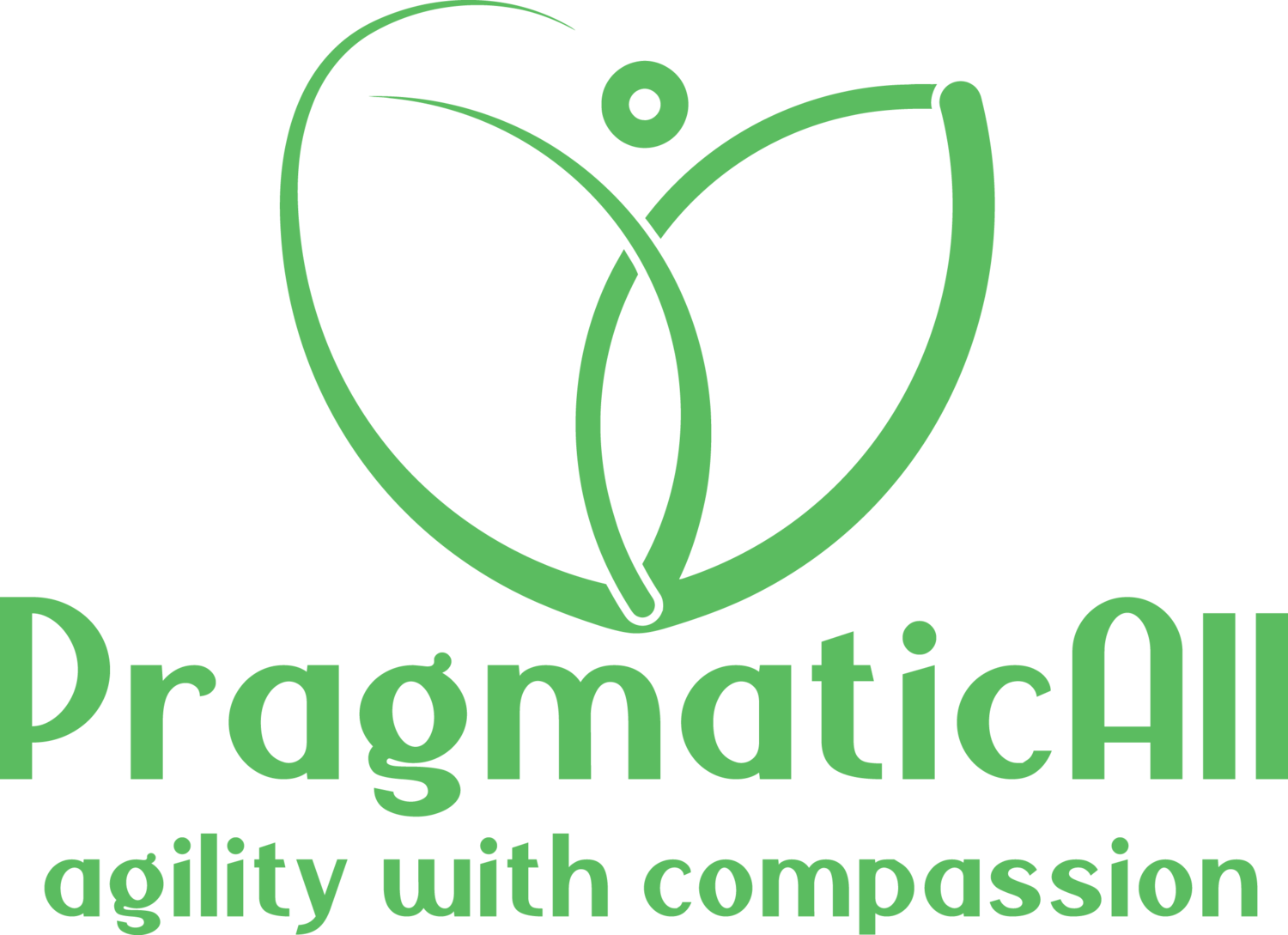On 28th and 29th May 2019 I was part of the Design Team that facilitated a Liberating Structures Immersion Workshop. During this 2 day workshop we guided participants through more than 20 different structures, including LS in Development and some variations on Liberation Structures. It once again reminded me of the insidious power of Liberating Structures to forge organizational change.
There is a lot to say about a 2 day Immersion Workshop, but in this post I want to focus on one small aspect: using Liberating Structures to increase empathy.
As a Design Team, we deliberately set up the start of the first day to promote a feeling of safety. The structures and invitations we used helped people make a personal connection. In the afternoon of Day 1 we built on that with a string dubbed “give and get help”. That string consisted of: Back to Back Listening, Heard, Seen & Respected, and Helping Heuristics. What struck me is how powerful it can be to have somebody pay attention to you for a few minutes. Too often we are busy looking good by offering advice. By being forced to listen without saying anything (a common element of all three structures), we are forced to pay attention and suspend judgement. This builds a much deeper connection than an ordinary conversation.
The structures we used on Day 1 of the Immersion Workshop
How we increased empathy
Sometimes increasing empathy is remarkably simple. As one participant remarked after Back to Back Listening: all it takes to bond with somebody is to stand back to back with him or her for 2 minutes with your eyes closed. In Back to Back Listening, pairs of participants stand back to back for 2 minutes with their eyes closed while listening to some music. (In this case: Ain’t No Mountain High Enough). After that they discuss how that felt and what they noticed. Then they step in each other’s shoes: they listen to the same music, trying to be mindful of the other person’s experience in the first round.
We then asked the same pairs to do Heard, Seen and Respected (HSR). Sitting close to each other, one person would have 5 minutes to tell a story of a situation in which he or she felt not heard, seen or respected. The other person would only listen - commenting or asking questions was not allowed. After 5 minutes they switched roles and repeated the exercise. This was followed by a short debrief. One person commented that talking about a situation in which you didn’t feel heard, seen or respected with somebody who is fully present and intently listening to you can be a healing experience.
Really being listened to - a wonderful gift
We continued with Helping Heuristics. We did this in groups of 3, with participants taking on the role of the client, the coach, or the observer. Helping Heuristics has 4 short rounds (2 minutes) of interaction, followed by a debrief. Each round is slightly different:
Quiet Listing: similar to HSR, the client talks, the coach listens.
Guided Discovery: similar to Appreciate Interviews, the coach accepts what the client says without challenge, and asks open questions.
Loving Provocation: similar to Troika Consulting, the coach can also give advice and may challenge assumptions that the client has.
Process Mindfullness: the client and coach work together, building on each other’s statements and questions.
Debrief: the observer shares patterns and insights that emerged; the client and coach expand on that.
The progression of steps leads to a more empathetic and constructive conversation; the “coach” is more likely to leave his/her ego at the door and focus on what the “client” really needs. Doing this three times allowed each person to take on each role. People were amazed how useful 10 minutes of Helping Heuristics can be.
A natural Team - thanks to empathy
I’m no scientist, but I’m convinced that more empathy helps in many different ways. People feel better if they are heard and respected, and they can work together more effectively. One example of that is the Design Team itself. Several workshop participants told us that the Design Team worked very naturally as a team, and they wondered how much rehearsal this required. Well, very little! I’m convinced this is largely due to the way we bonded as a team. As part of the preparation, Barry and Christiaan arranged for us to go to Hamburg together for a few days, to host a Meetup there. The main purpose of the trip was to bond as a team. We achieved this by doing things together and by sharing stories with each other, often through improvised Liberating Structures. By taking the time to talk and listen to each other, raising our empathy for each other, we became a good team.
Bonding in Hamburg (Photo by Barry Overeem)
Many thanks to my companions on the Design Team: Barry Overeem, Christiaan Verwijs, Edgar Stormbroek and Saskia Vermeer-Ooms, and to visual facilitator Thea Schukken who joined us so naturally at the Immersion Workshop.
The Design Team. (Drawing by Thea Schukken)





